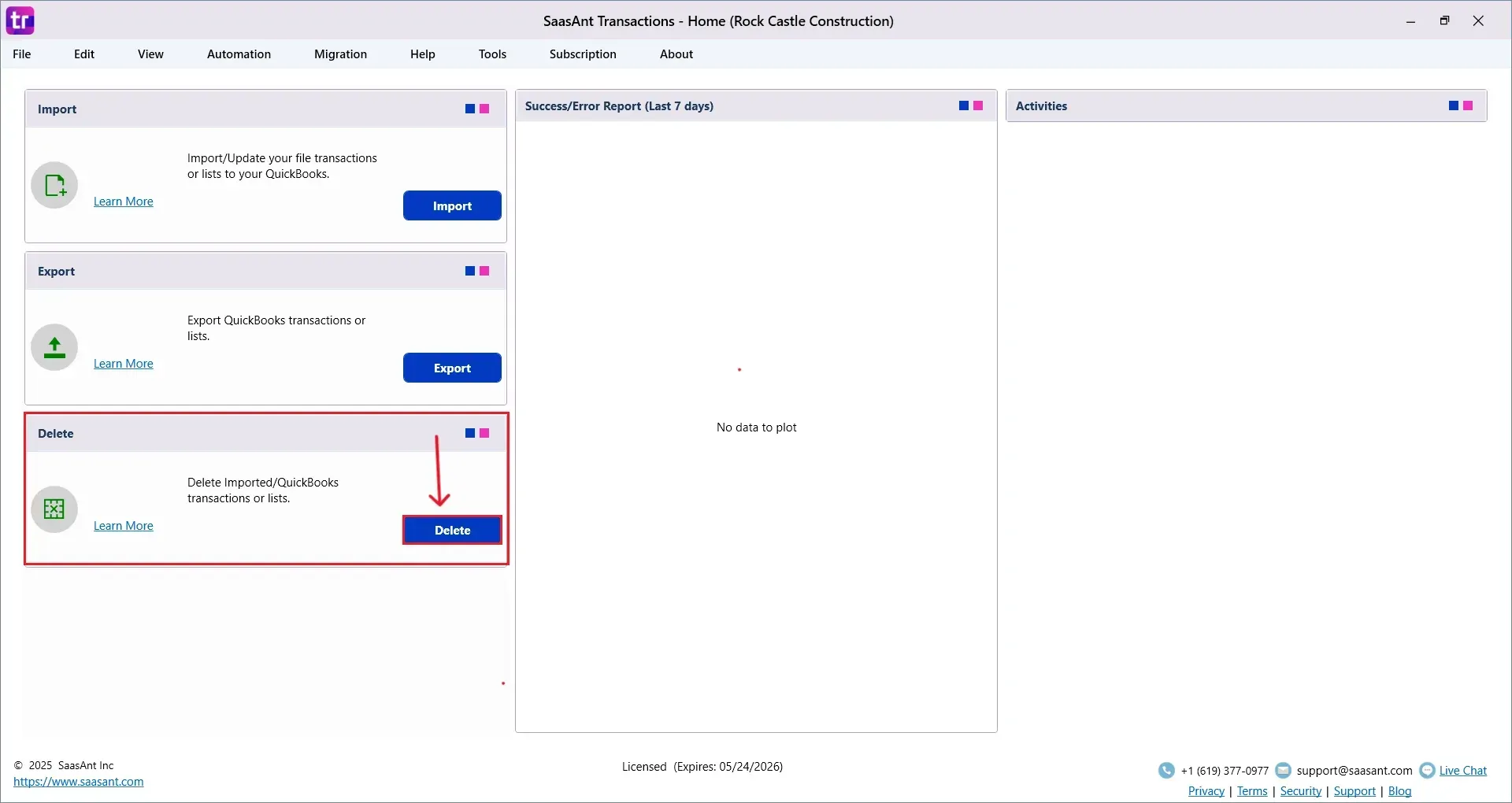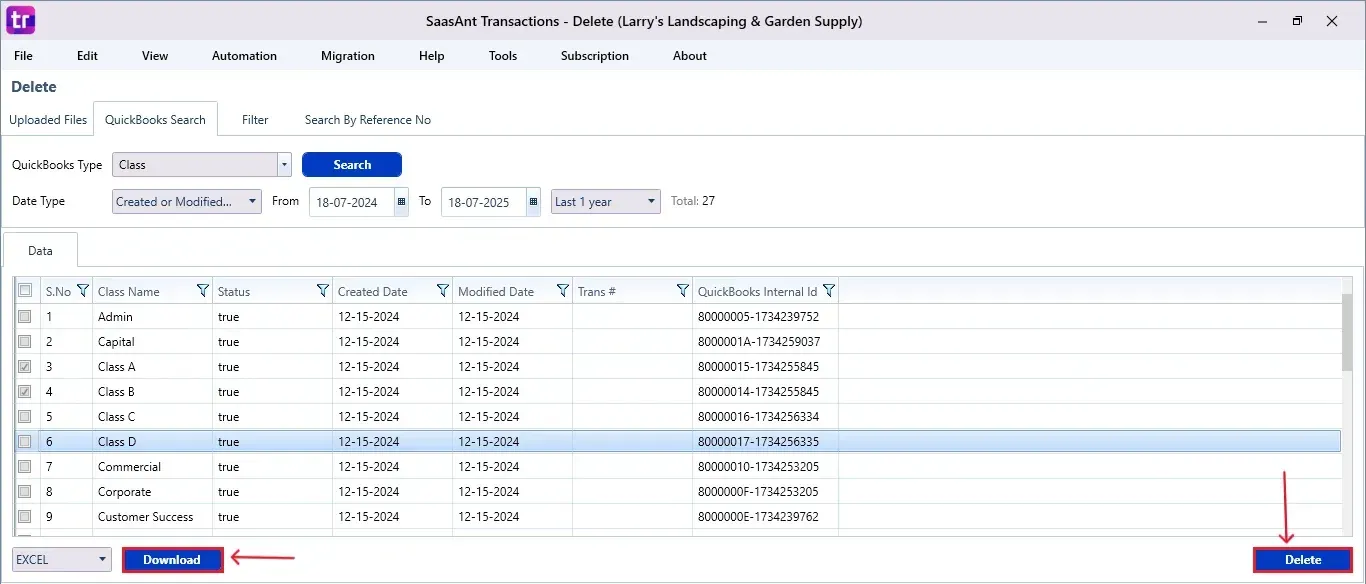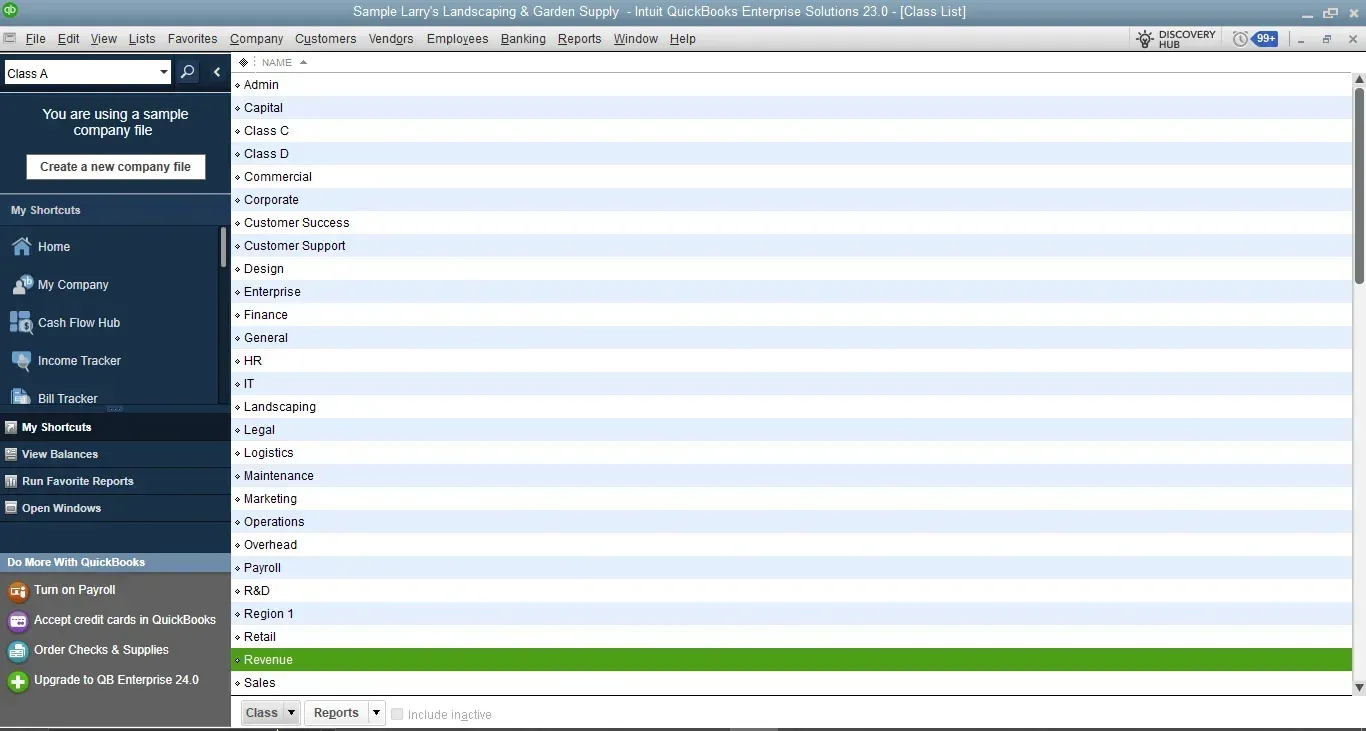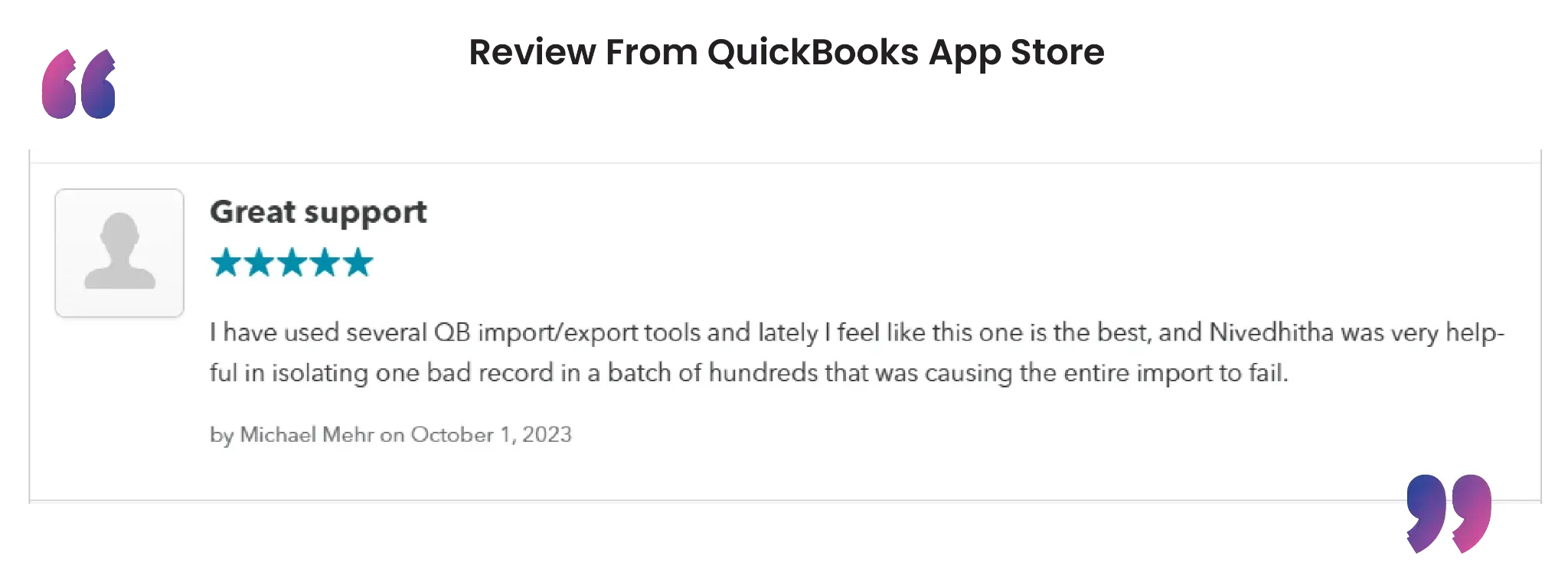How to Delete a Class in QuickBooks Desktop
Managing your class list in QuickBooks Desktop is essential for accurate financial reporting and effective bookkeeping. Over time, your business can accumulate old or unused classes, creating clutter and confusion. With SaasAnt Transactions Desktop, deleting unnecessary classes becomes a secure and straightforward process.
This blog guides you to delete a class in QuickBooks Desktop using SaasAnt, ensuring your records remain clean, relevant, and organized.
A small business is reorganizing its internal departments and intends to clear outdated class entries from QuickBooks Desktop to avoid confusion in upcoming reports. By using SaasAnt Transactions Desktop, the bookkeeper can quickly filter and delete several obsolete classes at once, saving hours of manual effort and ensuring cleaner, more accurate financial data for year-end reporting.
This blog is ideal for bookkeepers, accountants, and small business owners, as well as QuickBooks Desktop users who want to maintain accurate records and streamline transaction processing.
Also Read: How to Import Classes into QuickBooks Desktop?
Contents
How to Delete Class in QuickBooks Desktop: Step-by-Step Guide
Wrap Up
Frequently Asked Questions
How to Delete Class in QuickBooks Desktop: Step-by-Step Guide
Follow the steps below to delete a class in QuickBooks Desktop using SaasAnt Transactions.
Step 1: Install and Connect SaasAnt Transactions
Download the latest SaasAnt Transactions Desktop version.
Run SaasAntTransactions-Setup.exe as administrator.
Accept the license agreement and complete the installation.
Open the app, go to Subscription > Register.
Enter the license key from your confirmation email.
Keep your internet connection active.
Step 2: Launch SaasAnt Transactions Desktop
Start by opening the SaaSAnt Transactions Desktop app on your system.
Ensure that QuickBooks Desktop is open and connected to your company file before proceeding.
Step 3: Connect to QuickBooks Desktop
To access, you need to connect the SaasAnt Transactions Desktop with QuickBooks Desktop. Here's how:
Go to the ‘File’ menu in the top-left corner of SaasAnt Transactions Desktop.
Click ‘Connect to QuickBooks’ from the dropdown.
Step 4: Open SaasAnt Transactions
On the SaasAnt dashboard:
On the left side of the SaasAnt Transactions dashboard, you can see the menu bar with various options.
Select “Delete.”

Step 5: Filter and Search
In the Search By dropdown, choose “QuickBooks Search.”
Set QuickBooks Type to “Class.”
Enter the from date and to date you want to delete.
Click “Search.”

Step 6: Select class
A list of matching classes will appear.
Review the list and check the boxes for the ones you want to delete.
At the bottom right, click “Delete.”
Before deleting, remember to back up your class data by clicking the “Download” button at the bottom left.

Step 7: Confirm Deletion
Once you click delete, a pop-up will ask you to confirm your deletion.
Click “OK” to proceed.

Step 8: View Deleted Transactions
After deletion, the removed class will be listed on your SaasAnt dashboard.
You can download the list for records by clicking “Download” at the bottom left.

If you open “Lists” in QuickBooks Desktop, you'll notice the deleted class has been removed from the list.

CTA-Banner-1
 Also Read: How to Delete Journal Entries in QuickBooks Desktop?
Also Read: How to Delete Journal Entries in QuickBooks Desktop?
Wrap Up
Deleting unused or outdated classes in QuickBooks Desktop not only maintains clean records but also allows you to concentrate on what truly counts, precise reporting and effective financial processes. Utilizing the SaasAnt Transactions Desktop makes this task quicker, safer, and easier to handle. Whether you're preparing for audits, finishing the year, or simply optimizing your workflow, this tool provides accuracy and efficiency at every stage.
By leveraging trustworthy platforms like QuickBooks for your accounting processes and SaasAnt for transaction management and automation, you can enhance the overall workflow, minimize errors, save time, and acquire greater financial insight.
If you have inquiries regarding our products, features, trial, or pricing, or if you require a personalized demo, contact our team today. We are ready to help you find the ideal solution for your QuickBooks workflow.
Frequently Asked Questions
1) Can I delete multiple classes at once in QuickBooks Desktop using SaasAnt?
Yes, SaasAnt Transactions enables you to choose and remove several classes simultaneously for bulk data cleanup.
2) Is it possible to undo a class deletion after it's done?
Unfortunately, once a class is deleted, it cannot be undone. It is advisable to download a backup before deletion.
3) What types of classes can be deleted using SaasAnt?
You can delete any active or inactive class listed in your QuickBooks Desktop company file.
4) Will the deleted classes still appear in historical reports?
If a class was used in past transactions, it may still appear in historical reports unless it is deleted from those entries.
Read Also
How To Delete Purchase Order In QuickBooks Desktop
How To Delete Sales Receipt From Deposit In QuickBooks Desktop
How do I Delete a Credit Memo in QuickBooks Desktop
How to Delete Bill Payments in QuickBooks Desktop